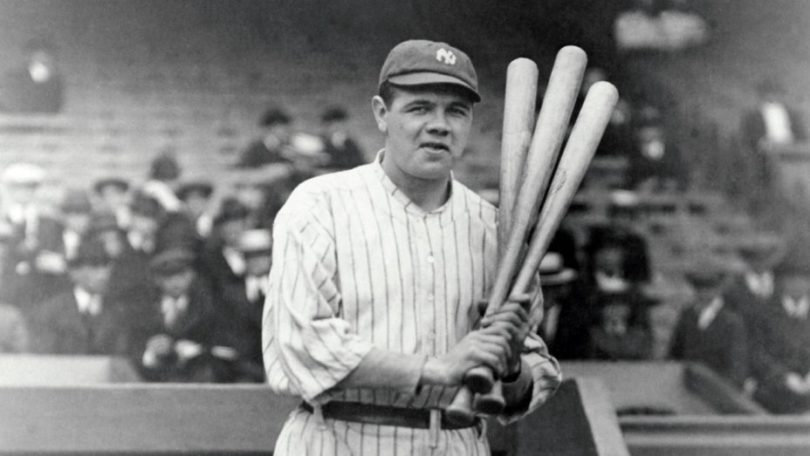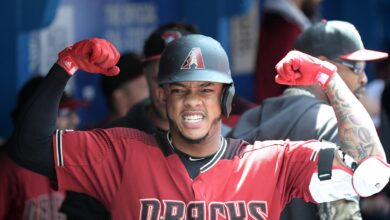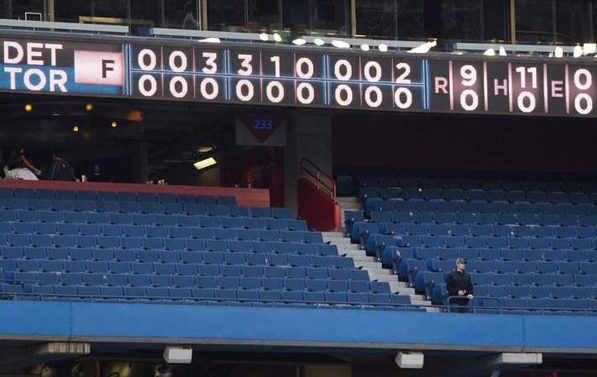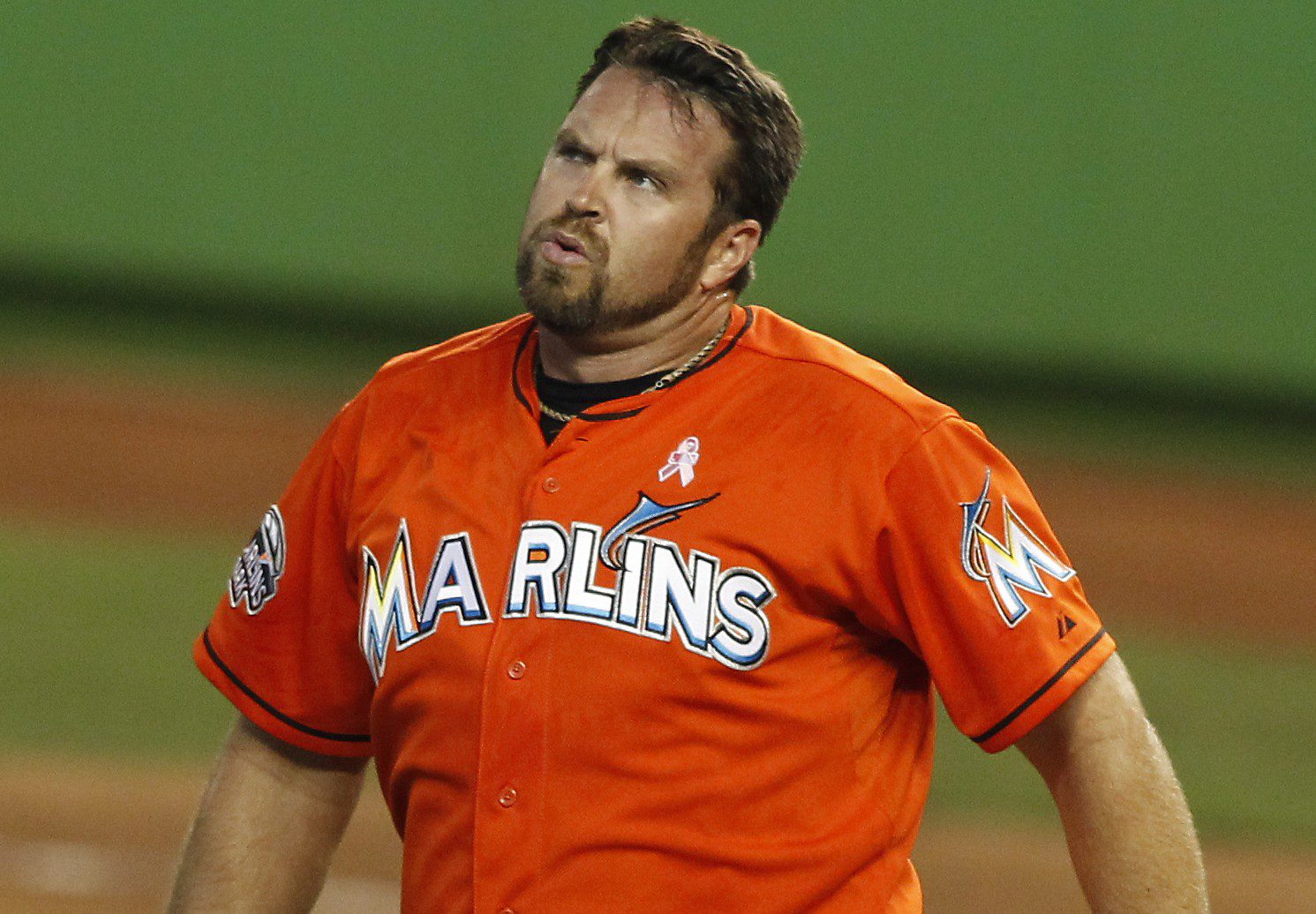
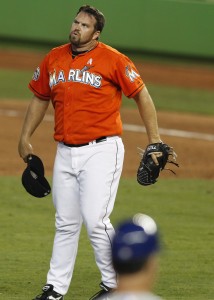
One of the silliest traditions in baseball is managers saving their best reliever strictly for save situations, i.e. a one, two or three run lead in the ninth inning, or if the road team takes a one-, two- or three-run lead in extra innings. I can’t think of any other sport or situation where the usage of players is dictated by a stat.
Every year, there are hundreds of games lost in the seventh and eighth innings with inferior pitchers, while the designated “closers” wait for the ninth inning lead which never comes.
With a three-run lead in the ninth inning, the odds of winning the game are between 97 -98 percent, depending on whether you’re the home or road team. With a two-run lead in the ninth, you’re still going to be victorious 92-94 percent of the time, and with only a one run lead you’re looking at 85-89 percent. This begs the question: Why are managers saving who they believe to be their best relief pitchers for games in which there is an incredibly high percentage of winning? Now, one might argue that since the “best” pitchers are on the mound in the ninth inning, of course those winning percentages are going to be high. However, as Joe Sheehan points out in the June 25 edition of Sports Illustrated, runs are actually scored at a higher rate in the ninth inning now, than they were in 1985, before the advent of the one-inning closer.
Additionally, paying a one-inning pitcher an extraordinarily high salary, which takes up a large percentage of a ballclub’s payroll, is even more absurd. Some recent examples are:
1. Heath Bell – Signed for three years, $27 million total and nine percent of the Marlins 2012 payroll. Bell, who has been brutal this year, appears to be a product of PETCO Park. In-house candidates like Steve Cishek or Edward Mujica (combined 2012 salaries, a shade over $two million) would have been much better alternatives for the Marlins.
2. Ryan Madson – Signed for only one year, however, his $8.5 million salary is nearly 10 percent of the Reds 2012 payroll. Madson ripped up his elbow during spring training and won’t pitch this year after undergoing Tommy John surgery. Without Madson, all the Reds have done is play .585 baseball (through June 17), and they currently enjoy a four-game lead over the second-place Pirates. To say the Reds have not missed Madson is a gross understatement. They’ve received heroic pitching from Aroldis Chapman (we’ll cover him later in the piece); excellent pitching from Sean Marshall (although Reds fans want to singe him for blowing a few games in ninth, prior to Chapman taking his job) who has struck out 32 batters in 25 innings (through last weekend), while only walking six. He’s been a bit unlucky while allowing 25 hits, and you’d rather not see the two home runs allowed, but by and large, he’s been very good.
3. Carlos Marmol – We’ve already covered what a buffoon Jim Hendry is. What was left out was how absurd the three-year, $20 million contract he gave to Marmol was. Marmol had an excellent 2010 season during which he struck out an obscene 16 batters per game, while positing a WAR of 3. However, the Cubs were coming off an abysmal year, and with another year to go prior to free agency, there was absolutely nothing to be gained by locking up Marmol at that point. With an incredibly high walk rate that has hovered around six per nine innings throughout his career, Marmol has always been a pitcher who lives on the edge. If Hendry was really that enamored with him, he should have let him prove he could decrease his walk rate in 2011, while also maintaining his high strikeout rate. Instead, his walk rate remained the same and his strikeout rate decreased. Thus, his ERA skyrocketed from 2.55 to over four.
The Tampa Bay Rays are the one team that appears to have a perfect handle on how to manage their bullpen. They almost never hand out multi-year contracts to relievers, who by nature display little predictability on how they’ll pitch from year to year.
In 2010, the Rays won the American League East in large part to their pen. Rafael Soriano only allowed 51 base runners in 62 innings and Joaquin Benoit was even better, permitting a mere 41 base runners in his 60 innings of work. How did the Rays respond to both of their great years? They let both of them walk via free agency, rather than pony up for multi-year deals. What was the impact their 2011 team, well, they “slipped” to 91 wins and had to “settle” for the Wild Card. The Rays replaced those two relievers with Kyle Farnsworth and Joel Peralta, each of whom registered a sub-one WHIP over a combined 125 innings. Farnsworth and Peralta earned a shade over $4 million combined. On the contrary, the Boston Red Sox, who the Rays beat for the last playoff spot in 2011, paid Jonathan Papelbon $12 million to throw 64 innings for them in 2011. Take a look at the chart below detailing their 2011 seasons.
Papelbon – 64 innings, .93 WHIP, 87 strikeouts, 10 walks, 1.5 WAR, $12 million salary
Farnsworth – 57 innings, .98 WHIP, 51 strikeouts, 12 walks, 1.2 WAR, $ 3.25 million salary.
Granted Papelbon was slightly better, however, Papelbon was not close to four times better.
This season, Farnsworth has been hurt most of the year, and Fernando Rodney, signed in the offseason for a mere $2 million, has chipped in with 32 innings, 31 strikeouts and only 25 base runners allowed.
One of the reasons offered is it’s harder to get outs in the ninth inning versus every other inning. Phrases like bearing down, hitting and pitching in the clutch are often mentioned when the “difficulty” of performing in the ninth inning is mentioned. Last month, when Dusty Baker was discussing the possibility of shifting Aroldis Chapman from set-up man to closer, he said, “He’s been so good in the eighth, like I said, you’ve got to graduate to that position. Who knows, maybe graduation time is here? We’ve got to discuss it, talk about it. Matter of fact, we already talked to him about it.”
Well Dusty, how did Sean Marshall skip graduation? Marshall had seven career saves entering 2012. The whole idea of having your way to the ninth inning is patently absurd. Pitching is pitching, and if you’re good, you’ll succeed, no matter what inning it is. Dennis Eckersley, one of the greatest relief pitchers of all time, was a washed up starter when Tony LaRussa threw him into the closer role in 1987. Eck, who went on to have a Hall of Fame career as a reliever, obviously did not need an apprenticeship. Had Dusty stuck around for one more season, instead of retiring after the 1986 season (he was an Athletic in 1985 and 1986), he’d have witnessed the transformation himself. Eric Gagne is another great example of someone who managed to succeed late in games without the “requisite training.” Gagne was another failed starter when the Dodgers moved him to the bullpen to begin the 2002 season. Shockingly, Gagne, with absolutely no “closer preparation” ripped through the league in 2002 and 2003, began entering games with “Game Over” on the scoreboard, and finished fourth and first in the Cy Young balloting during those two seasons on his way to becoming a cult hero in Los Angeles.
Lastly, the great Mariano Rivera had his best season in 1996, before he was the closer, posting a career high WAR of 4.8. Rivera’s unbelievable ability to shut down the sixth through eighth innings was paramount to an otherwise mediocre Yankee team winning the World Series. Rivera was able to post such a high WAR number in large part to his ability to throw multiple innings in each appearance. Rivera threw 107 innings in 1996. Since he became the closer in 1997, he’s never topped 80.
Another explanation I recently heard for pitching “the best” pitcher in the ninth, was losses during the last at-bat are more devastating to a ballclub than losses in the seventh or eighth. Unfortunately, as we covered before, (in the aforementioned article on managers) baseball players are routine-oriented, and by and large, their performance is going to remain consistent day in and day out. Hitters, many of whom are streaky to begin with, are not going to start or stop hitting based on their closer blowing a game in the ninth. Furthermore, the result of any given baseball game rests largely on the shoulders of the starting pitcher; and he is one of three other players who will have absolutely no role in the previous day’s game. In fact, when teams are playing their last game in a particular city, they will often send tomorrow’s starter to next city, the day before; thus giving him time to get acclimated and not have to travel the day before he pitches. So for example, if a team blows a ninth-inning lead during the last game of a road trip, the person most responsible for winning the next day’s game isn’t even in the ballpark.
In sum, teams should place more of an emphasis on matchups and be more alert about high-leverage situations, late in games. If a team is facing the heart of their opponent’s lineup in the seventh inning with a one run lead, they shouldn’t be afraid to pitch their best reliever. Not only would a team be utilizing their best against the opponent’s best, but there is always the chance to score tack on runs which make the last two innings less leveraged for the second and third best relief pitchers.



